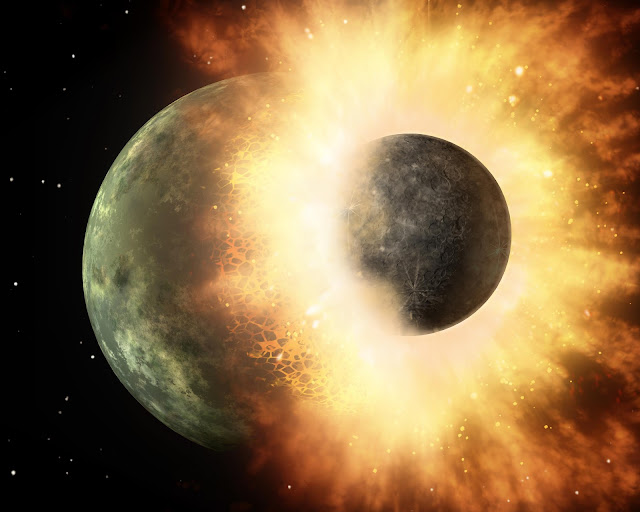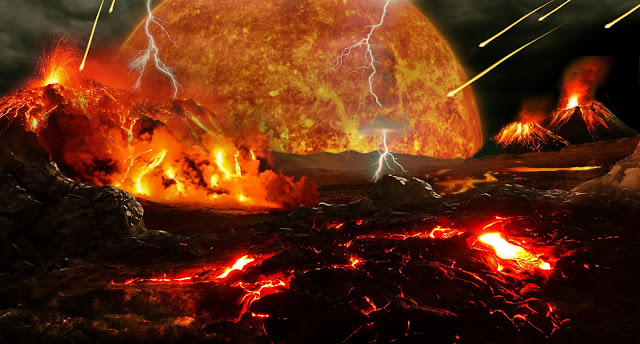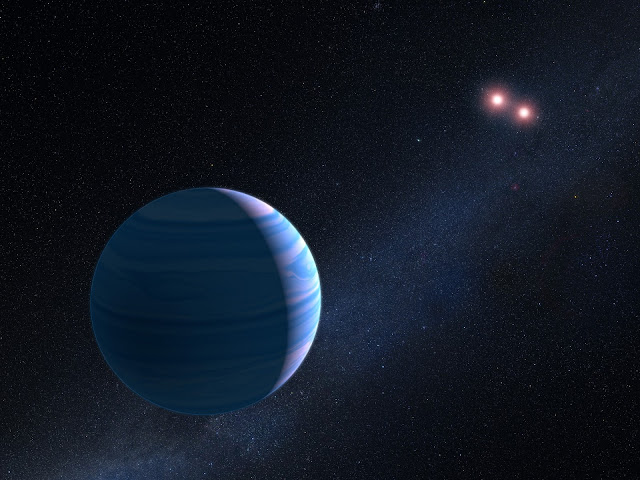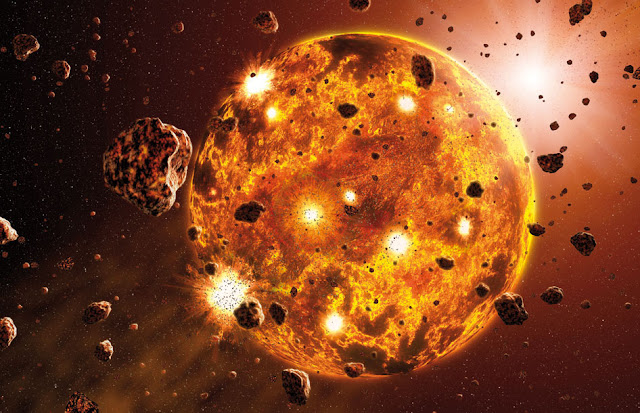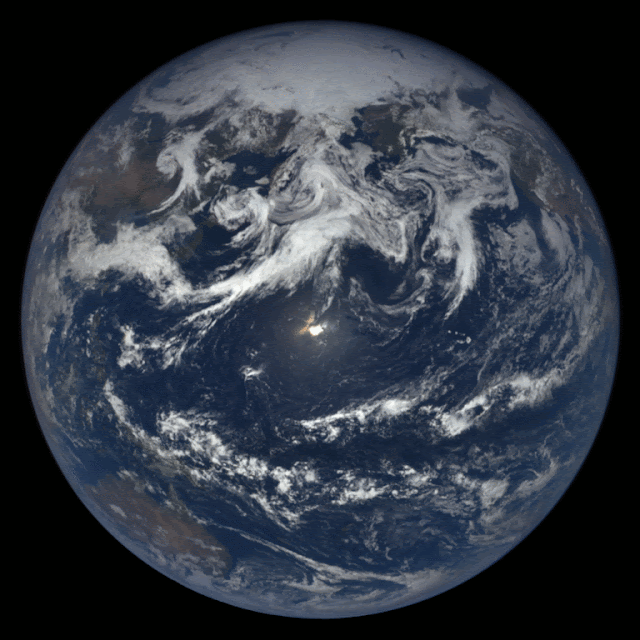Evolution, Evolutionary history of Life on Earth and Geologic Time Scale

Evolution Evolution is change in the heritable characteristics of biological populations over successive generations. Evolutionary processes give rise to biodiversity at every level of biological organisation, including the levels of species, individual organisms, and molecules. All life on Earth shares a common ancestor known as the last universal common ancestor (LUCA), which lived approximately 3.5–3.8 billion years ago, although a study in 2015 found "remains of biotic life" from 4.1 billion years ago in ancient rocks in Western Australia. In July 2016, scientists reported identifying a set of 355 genes from the LUCA of all organisms living on Earth. Repeated formation of new species (speciation), change within species (anagenesis), and loss of species (extinction) throughout the evolutionary history of life on Earth are demonstrated by shared sets of morphological and biochemical traits, including shared DNA sequences. These shared traits are more similar among species t...














